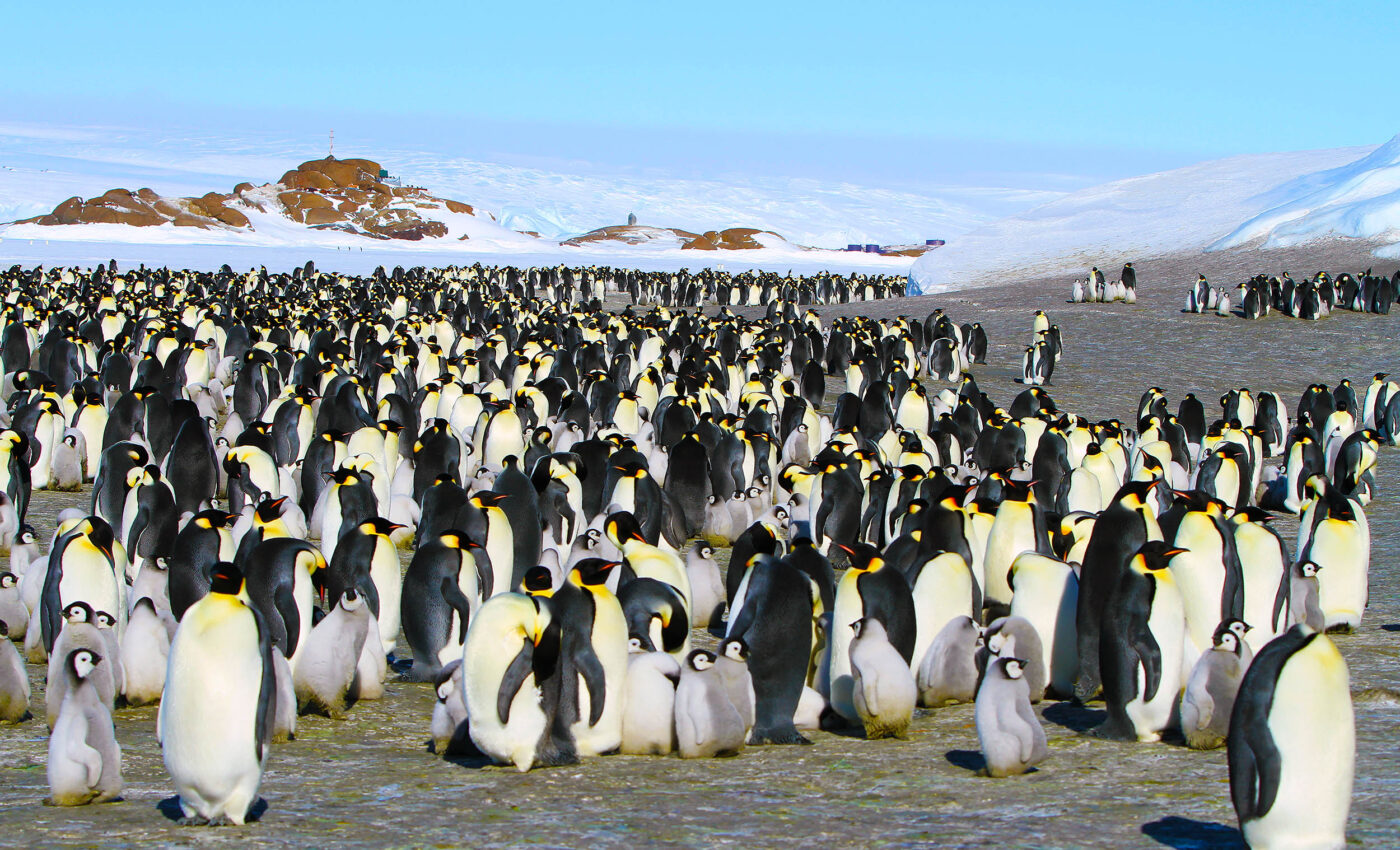
East Antarctica, once thought to be stable, is on the verge of collapse
In the shadow of the more widely studied West Antarctica, Stanford University researchers have brought to light a critical area of concern in East Antarctica: the Wilkes Subglacial Basin.
This vast region, roughly the size of California, harbors the potential to significantly impact global sea levels, with enough ice to cause a rise of more than 10 feet if it were to melt.
Despite its size and potential impact, this area has received less attention, leaving its vulnerability to climate change largely unexplored until now.
A closer look beneath the ice
Eliza Dawson, a Ph.D. student in geophysics at Stanford and the lead author of the study, emphasizes the novelty of their research.
Her disturbing study sheds light on a previously overlooked area that could be on the brink of a tipping point.
“There hasn’t been much analysis in this region – there’s huge volume of ice there, but it has been relatively stable,” said Dawson.
“We’re looking at the temperature at the base of the ice sheet for the first time and how close it is to potentially melting.”
Innovative research techniques
The research team utilized data from radar surveys, conducted by planes, to investigate the conditions at the base of the ice sheet.
This innovative approach, developed by the team, allows for the analysis of cross-sectional images of ice and bedrock, turning them into crucial data about temperature conditions.
“The temperature of the ice affects how much the radar is reflected in multiple ways, so a single measurement is ambiguous,” said Dustin Schroeder, associate professor of geophysics and of electrical engineering.
“This statistical approach involved essentially picking regions that you could assume were either frozen or thawed and comparing other radar signatures to them. It allowed us to say whether other areas of the ice sheet were definitely frozen, definitely thawed, or tough to call.”
Unveiling East Antarctica’s temperature secrets
Their findings reveal a complex landscape of frozen and thawed ground, with many areas unable to be definitively classified.
Significant portions of the ice sheet could be nearing a critical threshold, where even minimal increases in temperature could lead to widespread melting.
“This suggests that glacial retreat could be possible in the future,” Dawson said. “This part of East Antarctica has been largely overlooked, but we need to understand how it could evolve and become more unstable. What would need to happen to start seeing mass loss?”
Tipping point: A future of rising seas
The study’s implications extend beyond academic circles, stressing the need for comprehensive models that incorporate these new findings to predict how the Wilkes Subglacial Basin might evolve under various climate scenarios.
Such models are crucial for preparing for potential sea level rises and the broader impacts of climate change.
“This area has conditions that we could imagine changing,” Schroeder said. “And if warm ocean water gets there, it’s going to ‘turn on’ a whole sector of Antarctica we don’t normally think about as a contributor to sea level rise.”
Their hope is that this research will underscore the importance of including East Antarctica in our global climate considerations, recognizing its potential role in future sea level changes.
Ice on the edge in East Antarctica
The important and distressing research conducted by the Stanford team on the Wilkes Subglacial Basin in East Antarctica marks a pivotal advancement in our understanding of climate change’s impact on global sea levels.
By unveiling the precarious state of the ice in this vast, underexplored region, their work highlights the urgent need for incorporating these findings into global climate models.
Their study has enriched our comprehension of the basin’s potential to contribute to sea level rise, while highlighting the critical importance of monitoring and preparing for the effects of warming temperatures on Earth’s polar regions.
As the planet faces the ongoing challenges of climate change, this study serves as a crucial call to action, urging the scientific community and policymakers alike to consider the profound implications of ice melt in East Antarctica in their efforts to mitigate and adapt to the inevitable changes ahead.
The full study was published in the journal Geophysical Research Letters.
—–
Like what you read? Subscribe to our newsletter for engaging articles, exclusive content, and the latest updates.
—–
Check us out on EarthSnap, a free app brought to you by Eric Ralls and Earth.com.
—–













